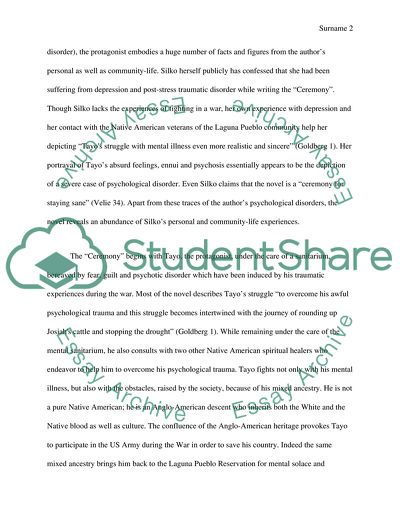Cite this document
(A Critical Analysis of Autobiographical Evidences in Ceremony Book Report/Review, n.d.)
A Critical Analysis of Autobiographical Evidences in Ceremony Book Report/Review. Retrieved from https://studentshare.org/english/1787301-the-ceremony
A Critical Analysis of Autobiographical Evidences in Ceremony Book Report/Review. Retrieved from https://studentshare.org/english/1787301-the-ceremony
(A Critical Analysis of Autobiographical Evidences in Ceremony Book Report/Review)
A Critical Analysis of Autobiographical Evidences in Ceremony Book Report/Review. https://studentshare.org/english/1787301-the-ceremony.
A Critical Analysis of Autobiographical Evidences in Ceremony Book Report/Review. https://studentshare.org/english/1787301-the-ceremony.
“A Critical Analysis of Autobiographical Evidences in Ceremony Book Report/Review”, n.d. https://studentshare.org/english/1787301-the-ceremony.


